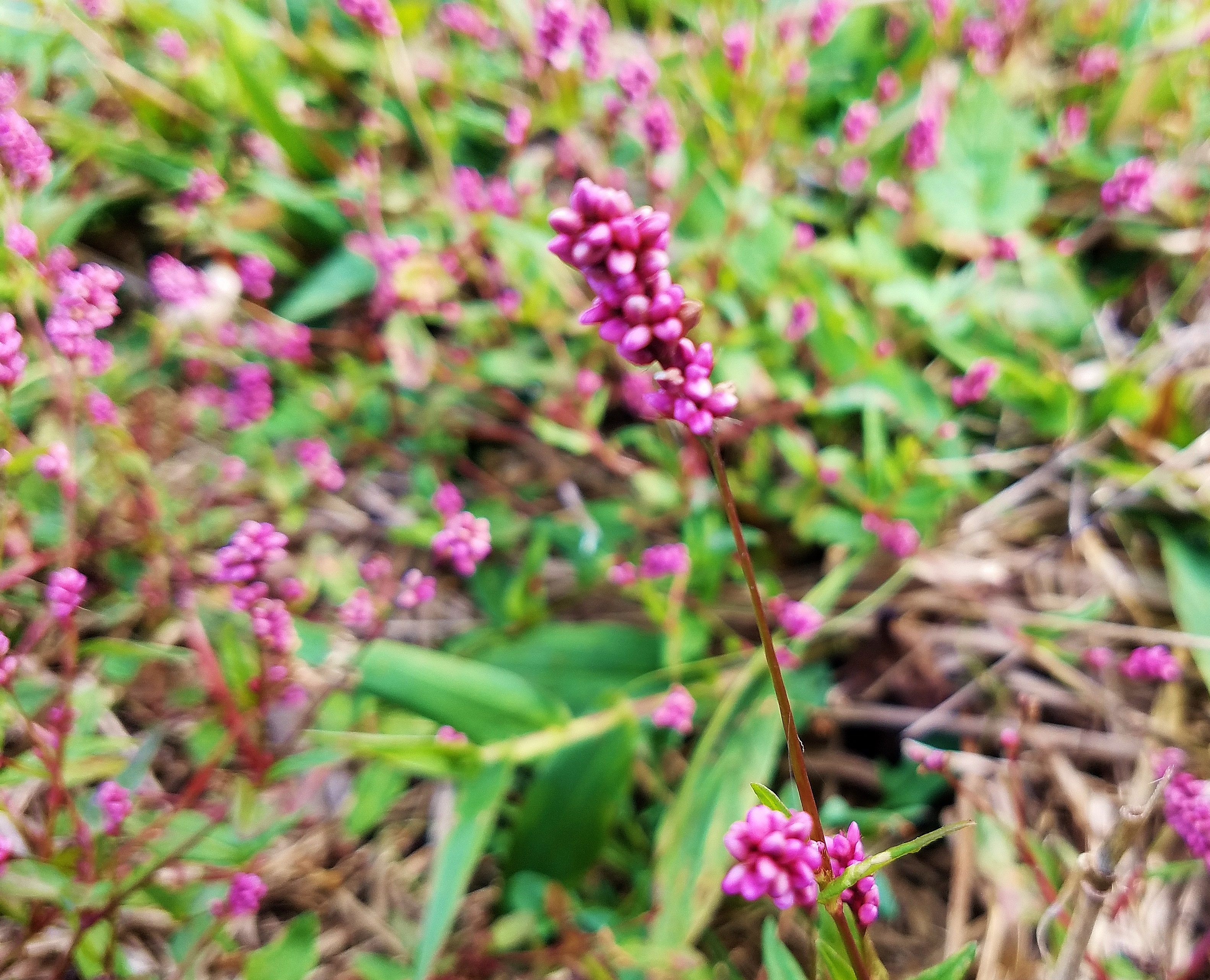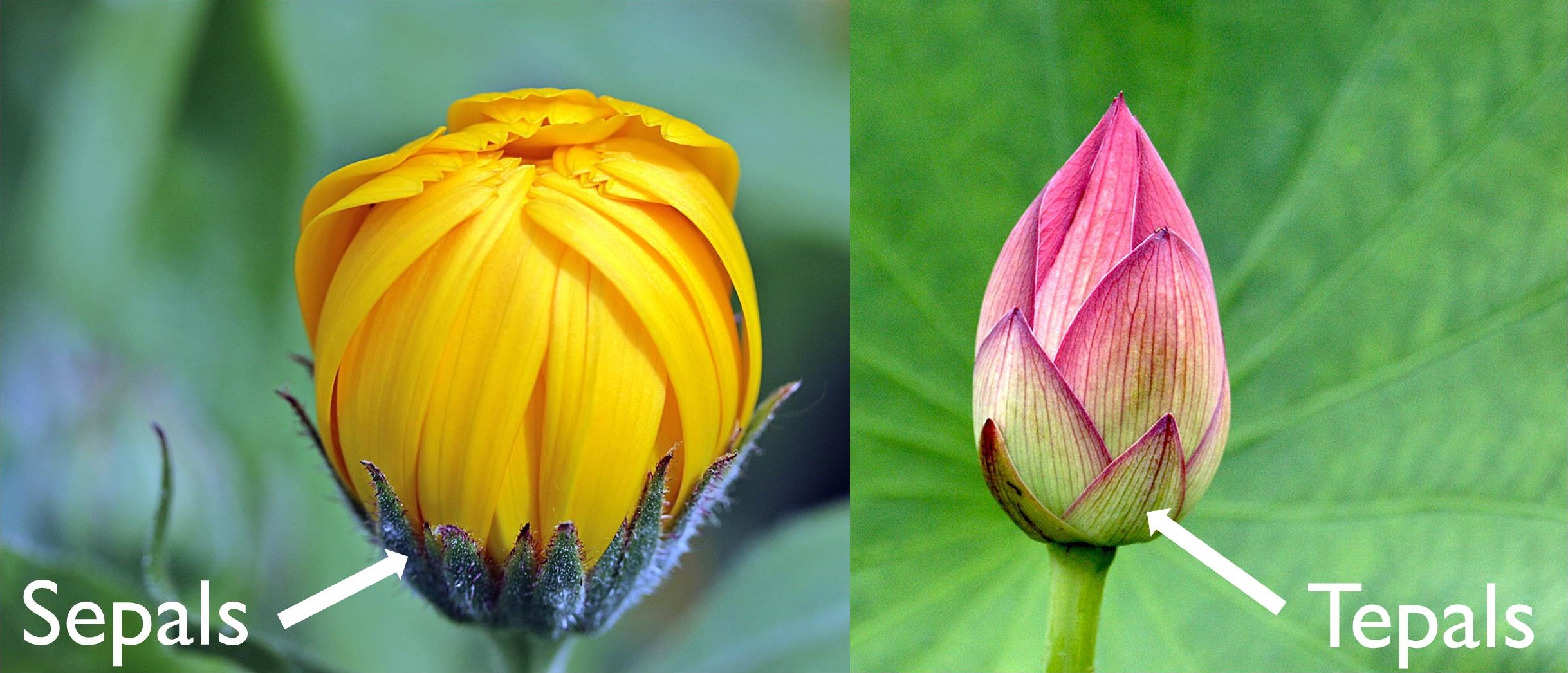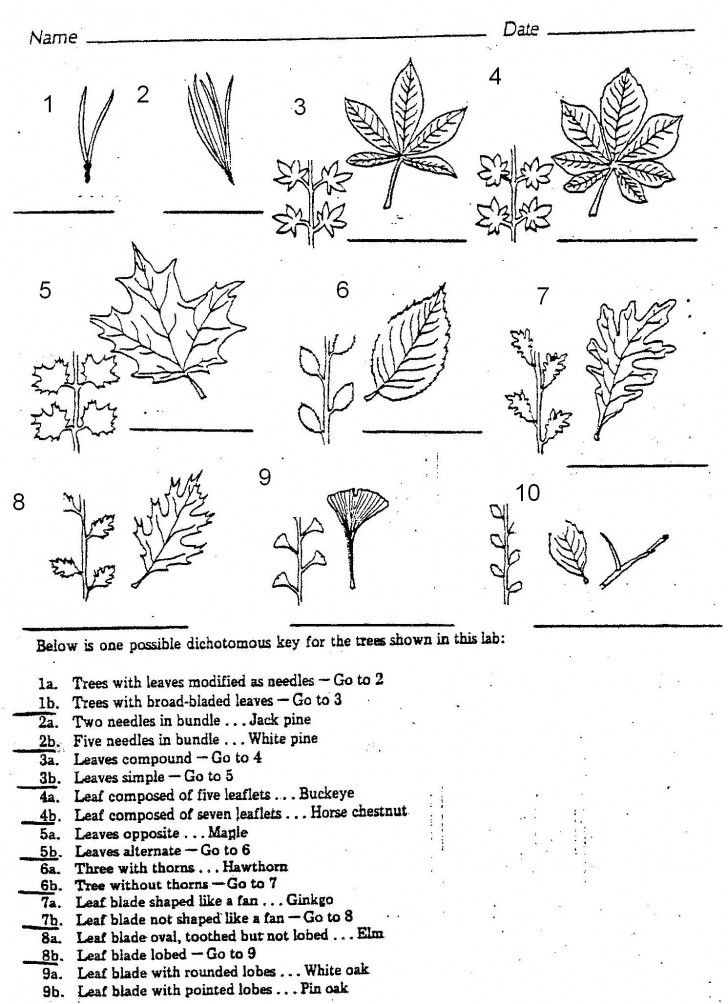Blog

#bioPGH Blog: Building my Plant ID Smarts with Smartweed!
 A resource of Biophilia: Pittsburgh, #bioPGH is a weekly blog and social media series that aims to encourage both children and adults to reconnect with nature and enjoy what each of our distinctive seasons has to offer.
A resource of Biophilia: Pittsburgh, #bioPGH is a weekly blog and social media series that aims to encourage both children and adults to reconnect with nature and enjoy what each of our distinctive seasons has to offer.
This past weekend, I was intrigued by a mystery plant! While out bird watching at the Allegheny Front Hawk Watch, my eye was drawn from the skies to a magnificent stretch of purple flowers extending across the hillside next to us. Still blooming in mid-October, the flowers grew in small clusters at the end of a long, thin stem, and the plants seemed to cover the ground up until patches of golden rod took over further down the hill. Since I didn’t recognize the flower, I took a few pictures to upload to iNaturalist and send to one of Phipps’ Botany in Action fellows Kate Douthat, who is a plant ecologist. I was eager to learn more about it; have you seen this one before?

While iNaturalist steered me to the plant genus, Persicaria, the smartweeds, Kate helped me narrow down my options even further. She also helped me plan ahead for the next time I don’t recognize a particular plant—there were some details I didn’t think to look for! Since it was helpful for me to think about small details, I wanted to share the experience with you.
“The ID characteristics for the Persicarias include tiny golden dots on the flowers, number of tepals, and leaf shape,” Kate explained. “Also, some of the things that I would look for to distinguish between two Persicarias in your area, P. pensylvanica (Pennsylvania smartweed, native) and P. maculosa (lady’s thumb, introduced), would be little cilia on the membranes around the leaf axils and florets that P. pensylvanica does not have.”
These are some important parts of the plant to look for, but what are they all?
First, what is a tepal? Well, we all know what petals are, but the sepals are the tiny leaf-like, underside part of the flower—the leaves that used to hold the flower bud. A tepal is when there seems to be little or no distinction between the outermost petals and the sepals (check out the image below). Next, when Kate zoomed in on one of the images I sent her, looking for tiny hairs (cilia) in the leaf axil, the space just above where the leaf meets the stem. The picture I took didn't highlight the needed part of the plant, though.

Modified public domain images
These were tiny details I didn’t think of in the moment, but were very helpful for identification purposes. Kate uses scientific identification guides called dichotomous keys on a regular basis, and those sorts of guides do tell you about those tiny details we wouldn’t normally look for. Keys start off broadly asking basic question about the organism you have found, but then help you narrow down what you’re looking at by asking increasingly detailed questions. A public domain example of a key activity for classrooms is below, but a good key will be a book full of detailed questions and diagrams.

In the end, we can say the plant I found was a type of smartweed, most likely a lady’s thumb since it was a deeper purple than the Pennsylvania smartweed. It was a helpful exercise in going through the steps of plant identification though, and it’s a good reminder that I want to build up my own species ID skills! Do you have a favorite dichotomous key that you use? Let us know in the comments below!
Connecting to the Outdoors Tip: For some practice using keys, the National Park Service has an online activity to walk you through the steps of using a key.
Continue the Conversation: Share your nature discoveries with our community by posting to Twitter and Instagram with hashtag #bioPGH, and R.S.V.P. to attend our next Biophilia: Pittsburgh meeting.
I would like to thank Botany in Action fellow Kate Douthat, and Phipps’ plant ecologist Dr. Shishir Paudel and plant curator Dr. Julianna Razryadov for their expertise in this post!
Photo credits: Header, public domain; smartweed dover, Maria Wheeler-Dubas

